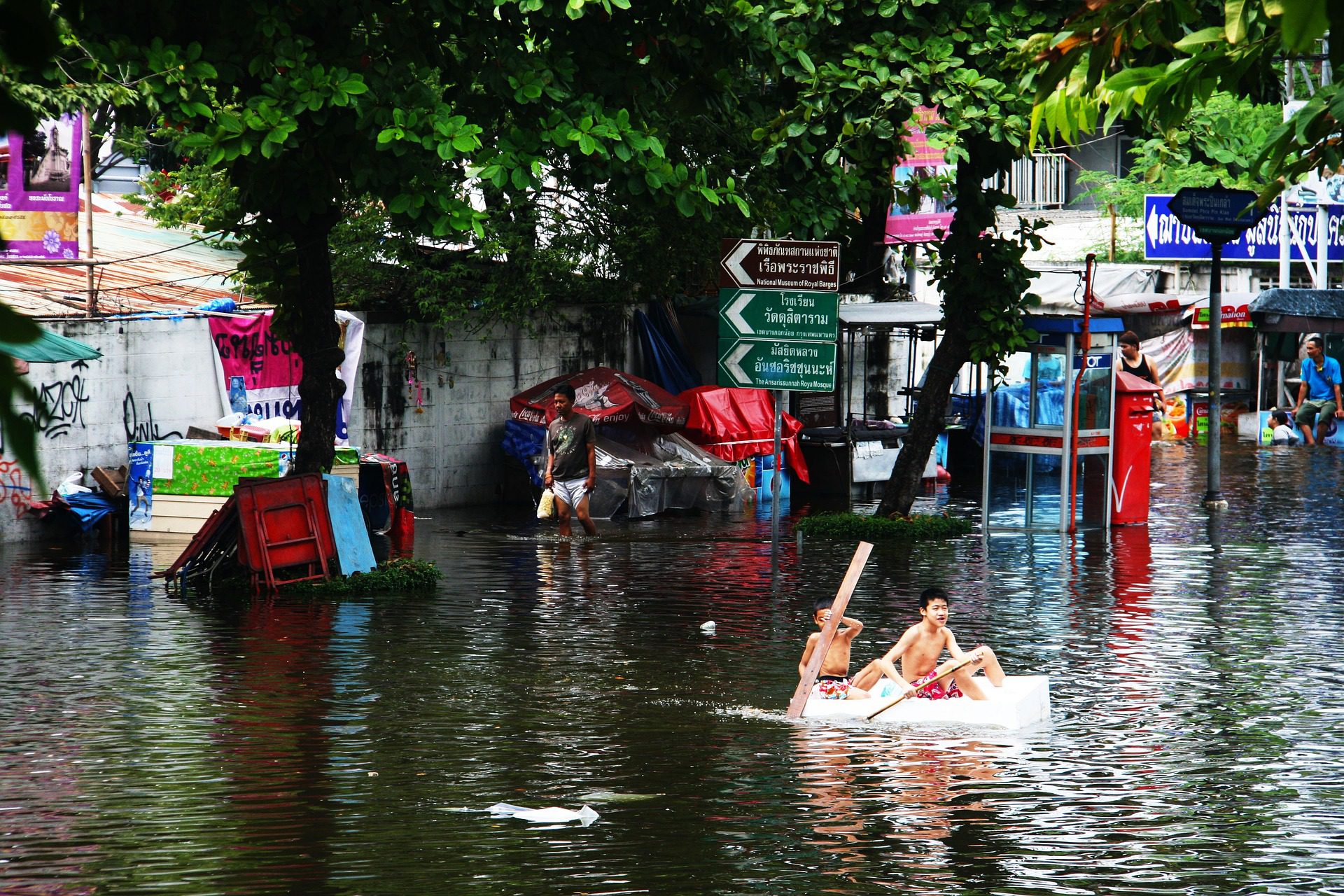
Climate Change and Human Trafficking Report
We live in an era of climate disasters. Over the last four decades, climate-related emergencies have increased by over 80%, with reports from the Intergovernmental Panel on Climate Change (IPCC) describing “changes in the Earth’s climate in every region and across the whole climate system.” Across a wide range of countries, like India, Germany, Pakistan, British Columbia, and South Africa, in addition to many others, the negative impact of climate change is already being felt, impacting countless thousands. Media channels around the world report on climate-related mass displacements with growing regularity, with increasingly frequent severe weather events serving as catalysts for political and economic instability. Instability breeds chaos, which generates and perpetuates a steadily growing range of vulnerabilities for impacted families and communities forced to flee their homes and businesses. And between the threat of more frequent droughts and wildfires, sea level rise swallowing communities or entire countries, soaring temperatures making many places (especially cities) unlivable, and a host of other climate-related threats, the negative consequences of climate change are poised to harm and displace over one billion people. What once seemed a distant threat is now a bleak feature of our everyday lives.
Amid these trends, human trafficking and modern slavery continue to be massive and pernicious problems. The International Labour Organization (ILO) estimates that 50 million people are enslaved today, more than at any other time in history. Recent studies show increases in the number of enslaved people driven by a number of compounding factors, including the pandemic, armed conflict, and the focus of this report, climate change. It is clear that environmental changes are having a profound impact on every aspect of global society, including income generation and political stability, which affect vulnerability to human trafficking and modern slavery.
Climate change has become the number one cause of internal displacement globally, with Oxfam finding you are three times more likely to be internally displaced by cyclones, floods and wildfires than by conflict. It is predicted that by 2050, 216 million people will be displaced by the impacts of climate change alone if governments do not take sufficient climate action. Even if the international community begins a more robust response to climate change right now, and finds a way to stop further warming, some of these changes may be here to stay for centuries.
The IPCC reports that “many of the changes observed in the climate are unprecedented in thousands, if not hundreds of thousands of years, and some ofthe changes set in motion—such as continued sea level rise—are irreversible over hundreds to thousands of years.” It is a known fact that increasing global instability has a direct relationship with increasing vulnerabilities to human trafficking and modern slavery. Yet climate change is often ignored as a contributing factor in human trafficking discussions, and the connection between these two phenomena is broadly understudied.
Those who seek to prevent and address the issue of human trafficking need to consider the disruptive underlying force of climate change as part of any solution. In this report, we aim to analyze the complex and multilayered relationship between climate change and human trafficking. Drawing on the work of experts, researchers and analysts across both fields we will help unpack the factors at play in this intersection and illuminate some of the challenges found in today’s migration landscape.
Read or download full report here.
